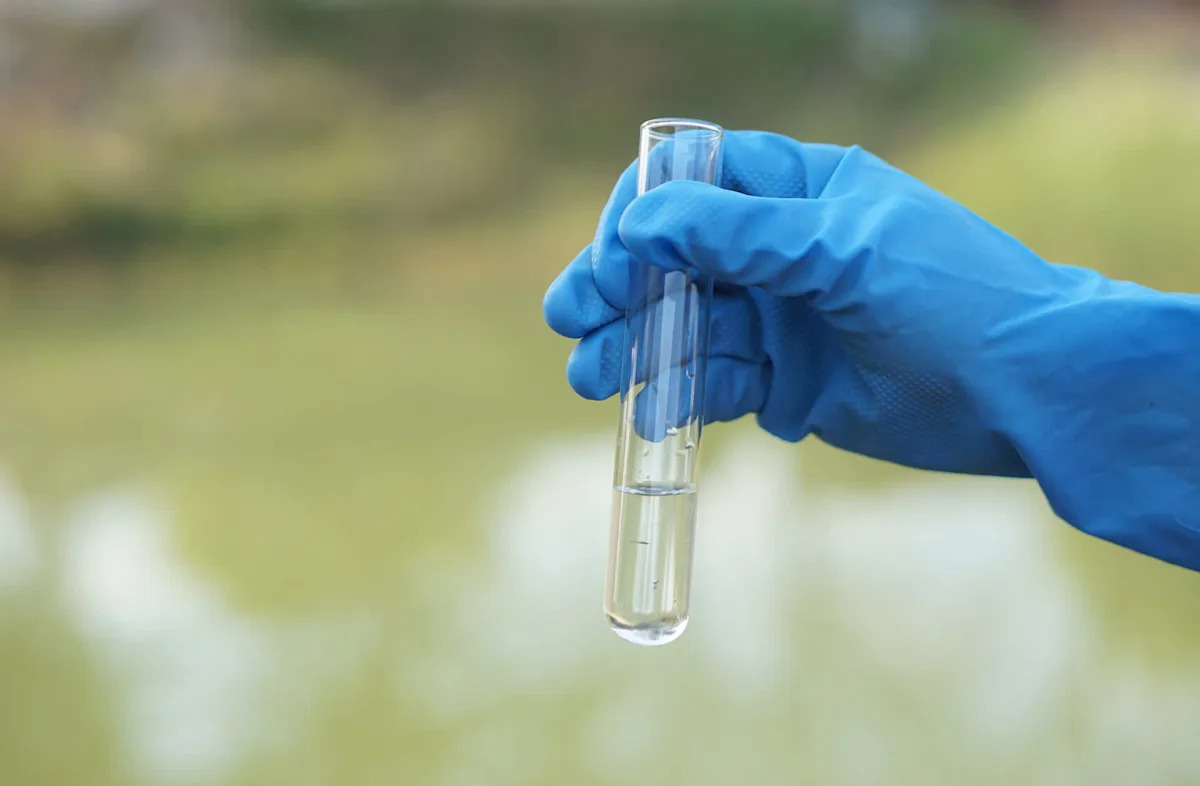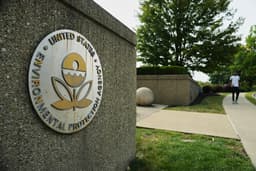Home / Environment / Wisconsin Wrestles with PFAS Limits as Federal Rules Face Challenges
Wisconsin Wrestles with PFAS Limits as Federal Rules Face Challenges
4 Nov
Summary
- Wisconsin considering aligning state PFAS limits with 2024 federal standards
- Federal standards being contested in court by water utilities and chemical companies
- Potential $26.6 million cost for Wisconsin to implement stricter PFAS limits

As of November 4th, 2025, the Wisconsin Department of Natural Resources (WDNR) is considering raising the state's standards for per- and polyfluoroalkyl substances (PFAS) in public drinking water to align with federal limits set to take effect in 2024. However, these federal standards are currently being contested in court, and water utilities and chemical companies argue this is grounds to oppose state-level adoption of more stringent guidelines.
Earlier this month, the WDNR held a public hearing to discuss establishing statewide drinking water standards, known as Maximum Contaminant Levels (MCLs). The state is weighing whether to match the EPA's 2024 federal MCLs, which regulate six common PFAS. Yet, the EPA has since filed a motion to essentially rescind portions of these standards, creating uncertainty around the future federal regulations.
Opponents of Wisconsin adopting the stricter limits are citing the ongoing litigation and the EPA's decision to extend the compliance deadline by two years, from 2029 to 2031. They argue it is "premature and irresponsible" for the state to move forward with the new standards that could change. The WDNR estimates the higher standards may cost water utilities and businesses $26.6 million in the first year, though proponents say the health costs of PFAS contamination could far exceed this.
Despite the legal and financial challenges, safeguarding public drinking water remains a critical priority. PFAS, dubbed "forever chemicals," persist in the environment and human body, potentially posing generational health risks. The WDNR hopes to submit its rule for stricter PFAS limits by January 2026, though the fate of the federal standards may not be resolved until later that year.




